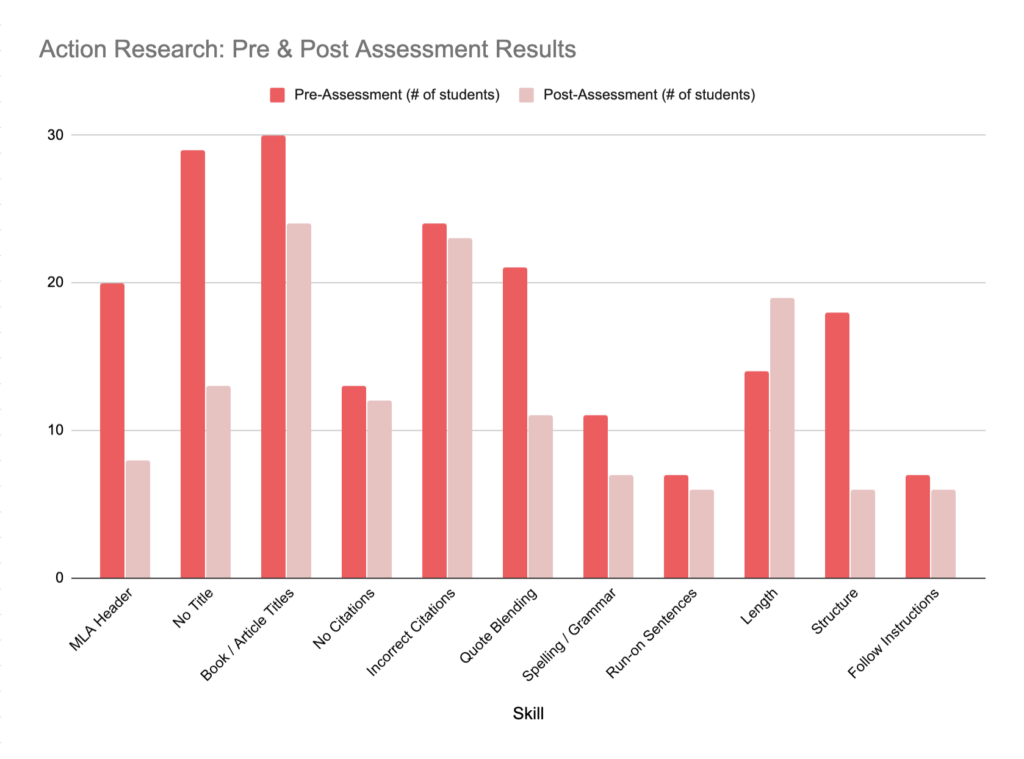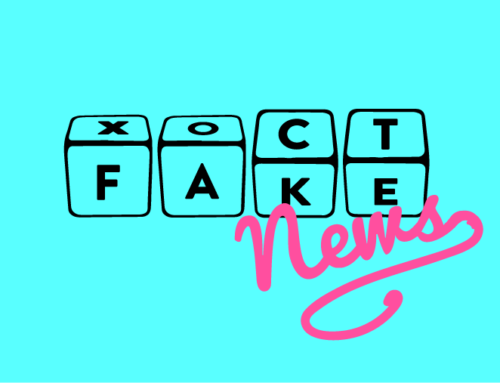During my first semester as a new high school English teacher I quickly realized that many students disliked writing and often had trouble getting started. Sometimes, I would simply receive no work from students when I asked them to complete a writing assignment, even if all I asked was that they write about their day. It is no surprise that I ran into even more difficulty when asking students to write an essay. So I decided to conduct an action research study.
As adults, we often take for granted the intricate web of steps we once took to transition from the book to the pen. After years of training many of us can easily read something and begin writing about it. The key phrase here is: “years of training.” Most of us have forgotten how long it took to get to this point. And many of us never even realize the complex process our teachers instilled upon us to get us to where we are at today. It took becoming a teacher myself to appreciate the elaborate labyrinth of skills I was taught during my primary and secondary school years.
The major observation and reason for this study: lengthy writing assignments are a cumbersome task for most students. My goal: to alleviate the tedious element of essay writing by providing students with engaging preparatory activities. The essential question: What effective strategies can be implemented to increase interest in and improve writing literacy among students? In other words, what motivates students to write? To answer this question I tested four strategies: (1) routine quick writes which focused on the skill of quote blending, (2) an interrelationships chart group project where students were asked to visually match images and text regarding themes in a book, (3) a rhetorical precis sentence frame activity (which served as a rough draft for the final essay), and (4) a Socratic Seminar where students were able to orally discuss themes in a whole class setting in order to prepare for the final essay.
What I learned: students develop their knowledge best through routine, repetition, guided practice and collaborative work. My focus for the students this semester was to improve upon quote blending techniques. My hope was that by mastering quote integration students would take more of an interest in their writing. Blending quotes is like a game… choosing which part of the quote is relevant to use and then deciding on your own words to wrap around that segment can be quite fun! Each day at the start of class I would give students a quote from the author of the book we were reading. I would give them three minutes to reflect on the quote and begin writing. I would then pause and we would discuss the meaning of the quote as a class. Digging deep into the multiple levels of each quote was very engaging for students. I would then give them 5 minutes to write a few sentences and use a quote snippet to blend into their response. By practicing this skill every day at the start of class students became accustomed to the routine. Without even realizing it they were writing, albeit in small quantity, with efficiency on a regular basis.
Likewise, having students collaborate in groups to create an interrelationships chart was magical. This activity required that students cutout a collection of small images, characters, symbols and quotes and arrange them in a logical fashion. After constructing a layout, students were asked to make connections between the images by drawing arrows and writing descriptions. No two charts came out exactly alike. The fact that there was no wrong way to complete this project made it fun and engaging for the students. They challenged each other not to produce the correct answer, but the BEST answer. Being able to speak, converse, sit comfortably in a place of their choice, use their hands, cut, paste, visualize and draw helped to set the stage for a plethora of writing later on.
But, it still seemed as if students were having difficulty starting the essay writing process. A final strategy I employed was the use of a rhetorical precis; a sentence frame fill-in-the-blank style outline template. I guided students through the structure of the essay by providing the nuts and bolts of the essay frame. It was their job to complete the sentences with the appropriate information, find relevant quotes and skillfully make it their own by blending it with their own choice of language. Well, it worked! I had a fantastic response from my students about this activity. Once again gamification worked. Students were challenged to find their independent voice by taking a bare skeleton and making it uniquely their own.
Evidence of the success of these strategies can be found in this data compilation from one of my 10th grade English classes:

Explanation of Skill Categories: MLA Header = Incorrect MLA header formatting; No Title = Missing an essay title at the top center of the page; Book / Article Titles = Incorrect formatting of book titles or article titles; No Citations = no reference to the author or text in parentheses after a quote; Incorrect Citations = improper formatting of citations / missing elements; Quote Blending = no quote introductions or quote integrations with the students’ own words; Spelling / Grammar = obstructive spelling or grammar errors; Run-on Sentences = no punctuation between differing thoughts; Length = the length of the essay required by the instructions; Structure = the layout and paragraph components required by the instructions; Follow Instructions = student’s ability to stay on topic and follow the essay prompt.
The above chart is a comparison of my pre-assessment and post-assessment data collection in 11 skill categories taken from 33 students. In all categories except for Essay Length, students improved. The main skill focused on was Quote Blending, which showed over a 50% increase in the level of proficiency. During the pre-assessment 21 students struggled to show quote blending skills. In the post-assessment that number fell to just 11 students. This demonstrates that my instruction was successful. The main goal of my action research has been achieved. Other categories that exhibited significant improvement are properly formatting the MLA Header, not including a Title, and proper essay Structure. For all three of these skills categories I routinely modeled correct formatting as well as gave the students reference handouts and placed posters on the wall. This shows that consistent reminders are effective in helping students become adept in MLA formatting norms. Another skill that was heavily focused on in this action research project was proper citation formatting. In comparison to some of the other categories, the results did not show a large difference in mastery from the pre to the post assessment results. I routinely provided examples to students, however there are complex rules for citation formatting and it does take some time to master this skill. This skill is far more difficult to master than the MLA header or simply including a paper title. There are different rules for citing articles vs citing books. And there are different rules for articles without authors vs with authors. There are yet different rules for works with multiple authors. This is a skill that most will not obtain complete mastery of until the college level. I feel that any indication of improvement should be considered a success, especially within a time frame of two months.
The takeaway: Conduct Action Research! Find an apparent weakness and collect data on your students. Aim to improve that area of struggle by creating assignments which help students take an interest in their own learning.




